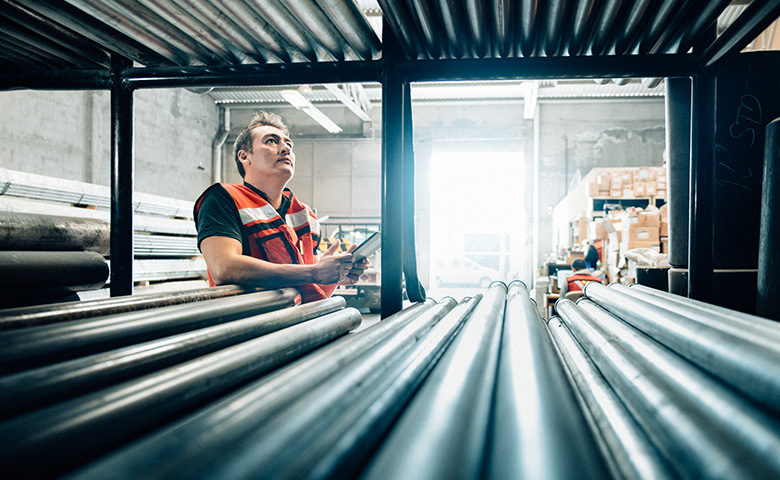The formula for safety success can seem complicated, especially when your workplace is experiencing a high OSHA recordable rate. But as the case of Kloeckner Metals shows, the solution may be surprisingly simple.
A recent article in Metal Center News outlines how several years ago, Kloeckner Metals, one of North America’s largest metals manufacturing, supply, and service companies, was struggling with a lack of employee engagement in safety and subpar injury rates.
After deploying a safety perception survey to assess how their workers view the state of safety in the workplace, the leadership at Kloeckner decided to make two changes:
- begin a close call program
- implement SafeStart training
The results speak for themselves. Kloeckner’s vice president of safety, health, environmental and sustainability, Rick Gruca, told Metal Center News that “Employees are fully engaged with this process. The results were amazing, and we’ve seen great success. In 2019, we had a record year in regard to [decreasing] OSHA accidents.”
Gruca went on to note that “we’re well on our way to the same this year, as well. From the start of this program in the fourth quarter of 2018, we had over 18,000 Close Call cards submitted. For 2,200 employees, that’s pretty good … From 2018 to this year, we’re down 50 percent in OSHA recordables, which I think is phenomenal, and 62 percent less lost-time accidents.”
It’s an impressive—and impressively quick—turnaround for the metals manufacturer and supplier. One of the keys to success was to go beyond a run-of-the-mill close call program to really get at the heart of what causes incidents in the workplace. By including human factors in the program, Kloeckner was able to rapidly drive down their incident rate.
In outlining their approach to relying on SafeStart in their close call program, Gruca explains
We were in the middle of enhancing our safety culture with the mindset that it can’t be “driven” just by management. We wanted a “top down and bottom up” approach to safety. To help drive that engagement, we chose to take a much more liberal view of close calls and included both at-risk behaviors and hazardous conditions at work and at home.
By focusing on human factors, prioritizing engagement, and building a robust use of leading indicators in their collection of close call reports, Kloeckner can proudly point out that they’ve prevented thousands of workplace injuries and established a safety culture in which workers look out for one another.

